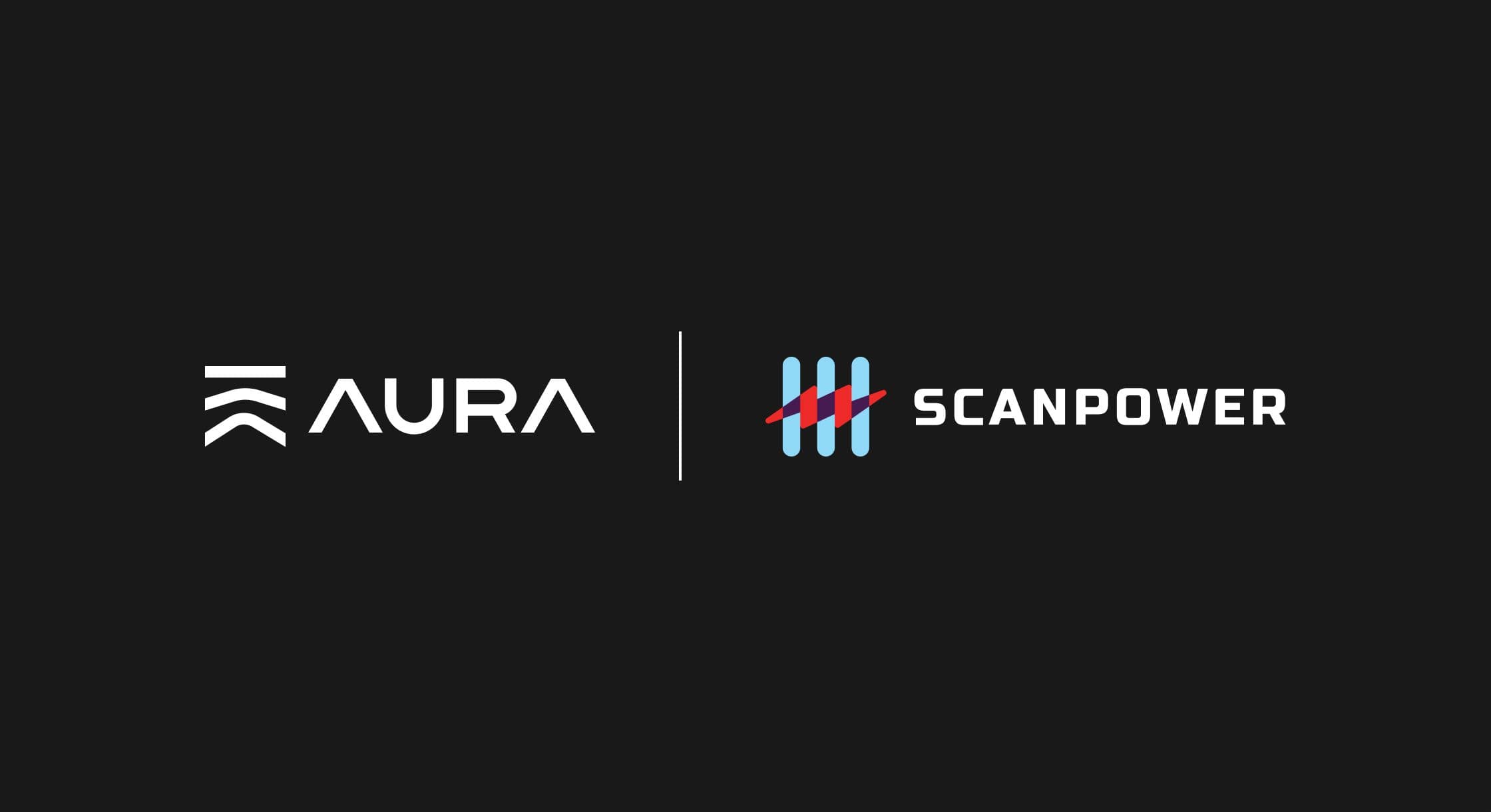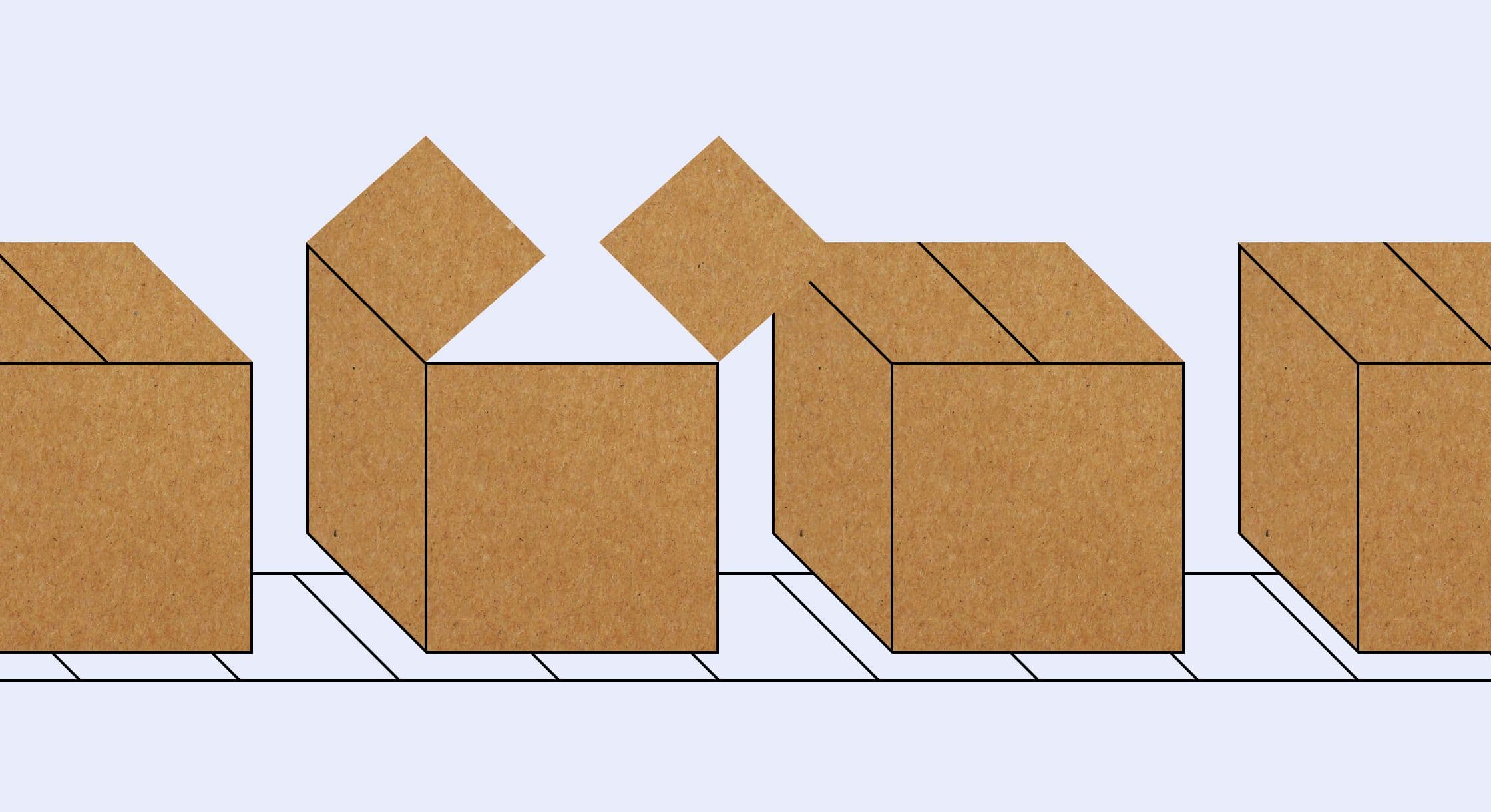/The Ultimate Guide to Retail Arbitrage on Amazon
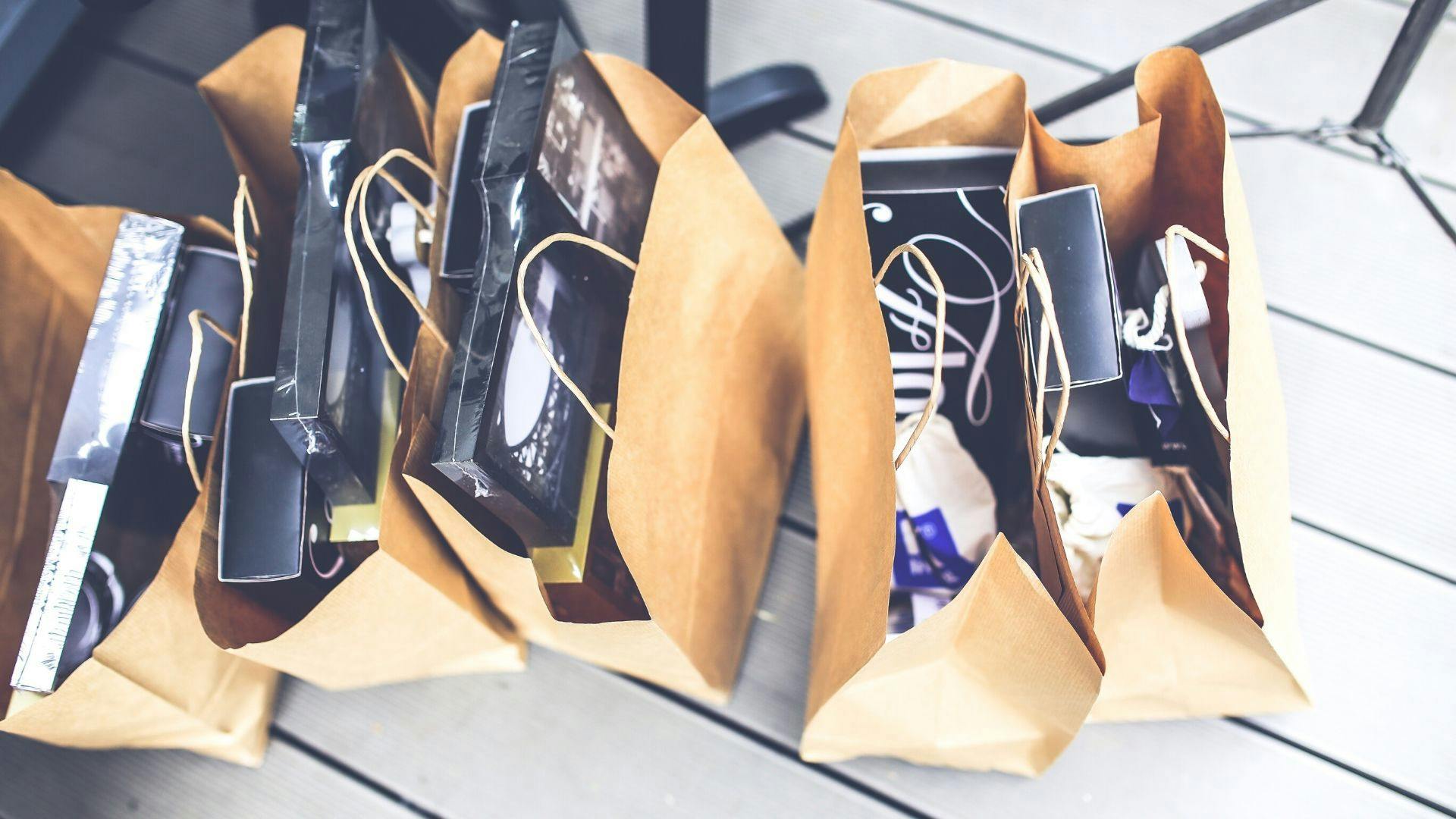
The Ultimate Guide to Retail Arbitrage on Amazon
The best feeling for someone who does Retail Arbitrage is finding themselves at checkout with a cart full of profitable items, often multiple carts. It feels as if you are almost stealing as you swipe your card at checkout.
Full knowing that with that cart full of merchandise, you are quickly going to re-list those same items online for a healthy profit.
What is Retail Arbitrage on Amazon?
What is retail arbitrage? It's a way to make money by buying products for a low price and selling them for a higher price. People do this by finding items in stores or online shops that are cheap, then selling them on websites like Amazon or eBay.
This allows them to take advantage of differences in prices and demand, helping them create a profitable business with little investment. Popular product categories for retail arbitrage include toys, electronics, and beauty products.
While retail arbitrage offers flexibility and profit potential, it's important to manage inventory wisely and adhere to ethical practices. To succeed, research market demand, optimize your listings, and ensure the products you sell are acquiredlegally.
Not only are these sellers making great returns on their investments, but they are also playing a vital role in making the Amazon platform efficient. Without them, some products on Amazon would be much more expensive or sell out quickly.
Is Retail Arbitrage Illegal?
Retail arbitrage is indeed legal in countries such as the United States and the United Kingdom. As per the US Supreme Court's decision, retailers cannot prevent individuals from reselling their products, provided that these items were obtained legally through legitimate means.
This practice, known as retail arbitrage, allows entrepreneurs to capitalize on pricing disparities by purchasing products at a lower cost and reselling them at a higher price.
However, it's important to consider other factors, such as adhering to sales tax regulations and respecting brand guidelines, to ensure the legality and ethicality of your retail arbitrage endeavors.
The act of reselling a product you possess is not illegal; however, there are some best practices to follow in order to steer away from legal trouble.
Here is a screenshot of the cease-and-desist letter the Amazon seller received.

The US Supreme Court Weighs In
US Supreme Court has directly concluded that it is not illegal. Retailers cannot stop someone from selling their products if their merchandise has been legally acquired.
Although it is legal, you must be aware of some challenges. Oftentimes Amazon sellers could receive harassment from corporations trying to intimidate you away from selling their products online.
Here are four ways to be extra careful and avoid trouble when selling Retail Arbitrage on Amazon
Selling certain products and brands as New
Always keep your receipts from your sourced products
Avoid dropshipping on Amazon through certain brands and manufacturers.
Avoid sourcing any counterfeit products
In short, the practice of reselling items or Retail Arbitrage as a whole is not Illegal. However, always do your due diligence on products and brands before you sell them for Retail Arbitrage.
Although there are some gray areas particularly in retail arbitraging, do not be discouraged to try. Just follow the general rule of thumb and steer away from sourcing brands that only allow their products to be sold through authorized resellers. Retail Arbitrage is still profitable in 2022 and is a great way to make some side income or get in the Amazon ecosystem.
Why Start with retail arbitrage on Amazon?
I see four main reasons why anyone, especially beginners, should start selling on Amazon with Retail Arbitrage.
Low-Cost Startup
Unlike wholesale and private label that require substantiation initial investments, retail arbitrage can be done with very little starting capital.
It is not uncommon to find experienced retail arbitrage sellers that have scaled their business to over $10,000 reinvested a month. However, you can get by starting with a few hundred dollars and a free Amazon Seller Central account — Pro is usually worth it after a month or so of consistent sales.
Flexible Schedule
Like all Amazon businesses, you are your own boss. You decide when and when not to do Retail Arbitrage. Source the products on your own time. Retail arbitrage can be a full-time gig or just a side hustle.
If an early beginner, I recommend combining your weekly shopping and errand runs with sourcing. Why not knock two birds with one stone.
Easy to Start
None of this is rocket science. After reading this blog post you will learn the tricks of the trade and be able to start right away.
If you have always wanted to start selling on Amazon, this is a great starting point. You will quickly familiarize yourself with the selling process and FBA preparation procedure with lower volumes.
It is also very simple to scale in the beginning. The more time you dedicate, the more products you will source. This is true especially since you will find yourself getting a lot quicker after a few runs.
Low Risk, High ROI
Like anything, there is a level of risk involved. However, if you learn how to properly source your products you can drastically mitigate your risk.
The high return is Retail Arbitrage mostly redeems itself. It is very normal to find products that will earn you 50% or more returns. For the level of risk involved, 50% return is incredible.
Step by Step Guide Using the Amazon Seller App
1. Create an Amazon Seller Account (Seller Central) and download the free Amazon Seller App
2. Visit a local retailer
Do not worry about running out of retailers anytime soon because there are so many. I recommend focusing on only two or three stores as you begin.
Here is a list of Retailers to choose from: (Some may not be in your area)
- Walmart
- Target
- Ross
- TJ Maxx
- Walgreens
- CVS
- Rite Aid
- Lowes
- Bed Bath & Beyond
- Best Buy
- Kohl's
- Kmart
- Office Depot
- Staples
- Home Depot
- Shopko
- Meijer
- Menards
- Big Lots
- Tuesday Morning
- Ollie's
3. Search the Clearance Aisles, Sections, and End Caps
Knowing where to look will make or break your retail arbitrage experience. The last thing you want to do is walk into a Walmart and start scanning everything. If you do that you will likely find nothing and leave mentally paralyzed from excessive decision fatigue.
The majority of opportunities for finding profitable products will be scouring the clearance items.
First, learn the “in's and out's” of those first few stores including the layout of clearance sections.
Figure out when and where the items are typically marked down. Also, begin talking with the store management and make connections with them: it goes a long way!
There are three locations where you will often find clearance products. It is all store dependent and that is why it is important to learn about your local stores.
- Dedicated clearance aisles
- The end caps of aisles on the far side of the store
- Spread across randomly
As you become an experienced retail arbitrage seller you will begin to understand the psychology of retailers and how they use it strategically for product placement.
Moreover, look up high onto the top shelf and down to the bottom shelf.
Especially look at the end caps.
These are the areas that are not prime real estate for customers and that is exactly where the retailers will place clearance items.
Not all clearance products will be specifically marked clearance. If you see an item that seems neglected or out of place, chances are it could also be on clearance.
4. Scan Items using Amazon Seller account App linked to Seller Central
How to Scan Items
Open up the Amazon Seller account App and in the top right corner should be a graphic of a camera. Click on the camera graphic and a scanner should appear.
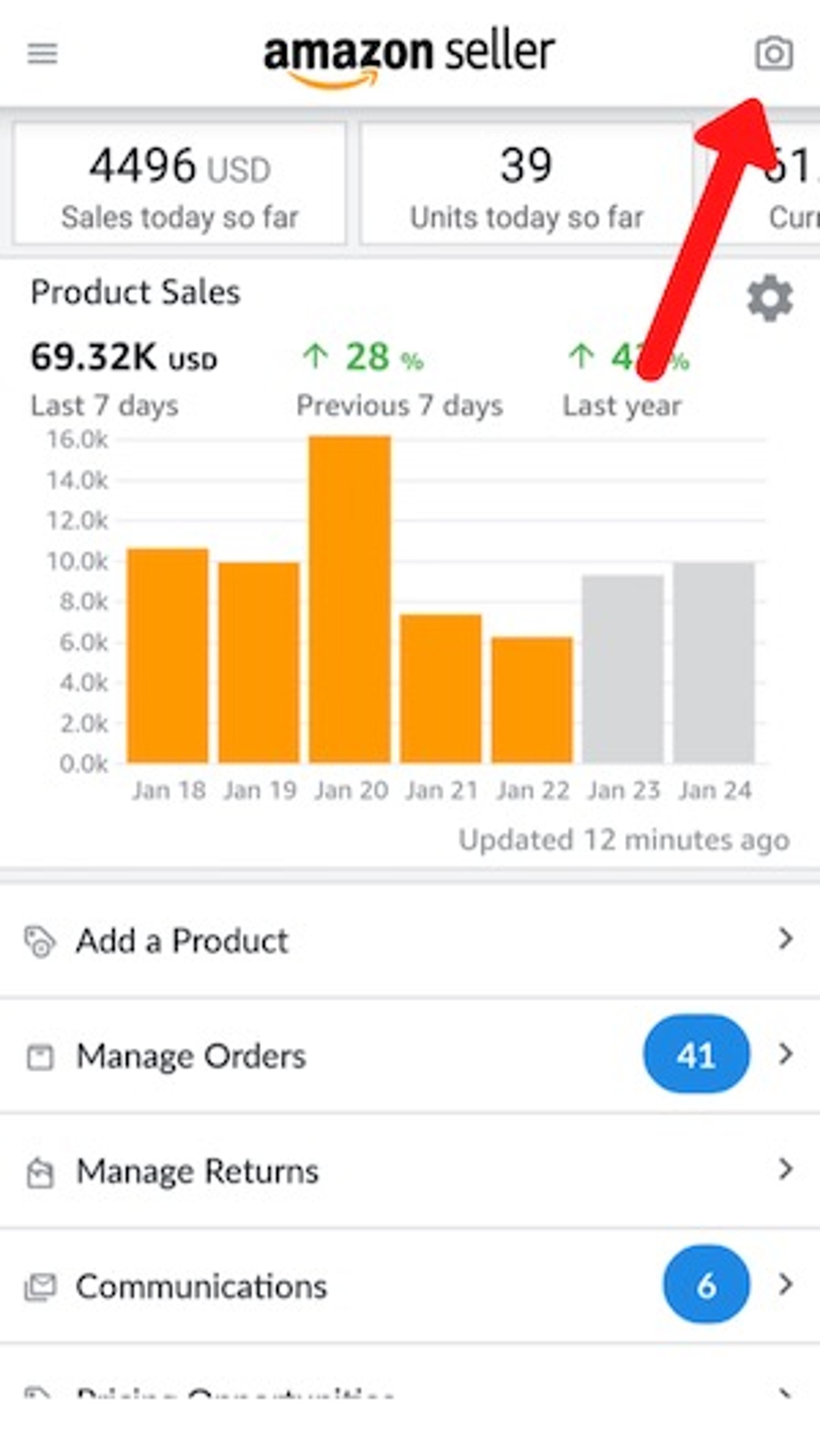
Next, point the scanner at the barcode of the product at hand and you should see the product appear. If not, you can always manually search for the product under “Add a Product.”
Check Profit Potential
Once you find the product in the app after scanning, open up the product details to see more information.
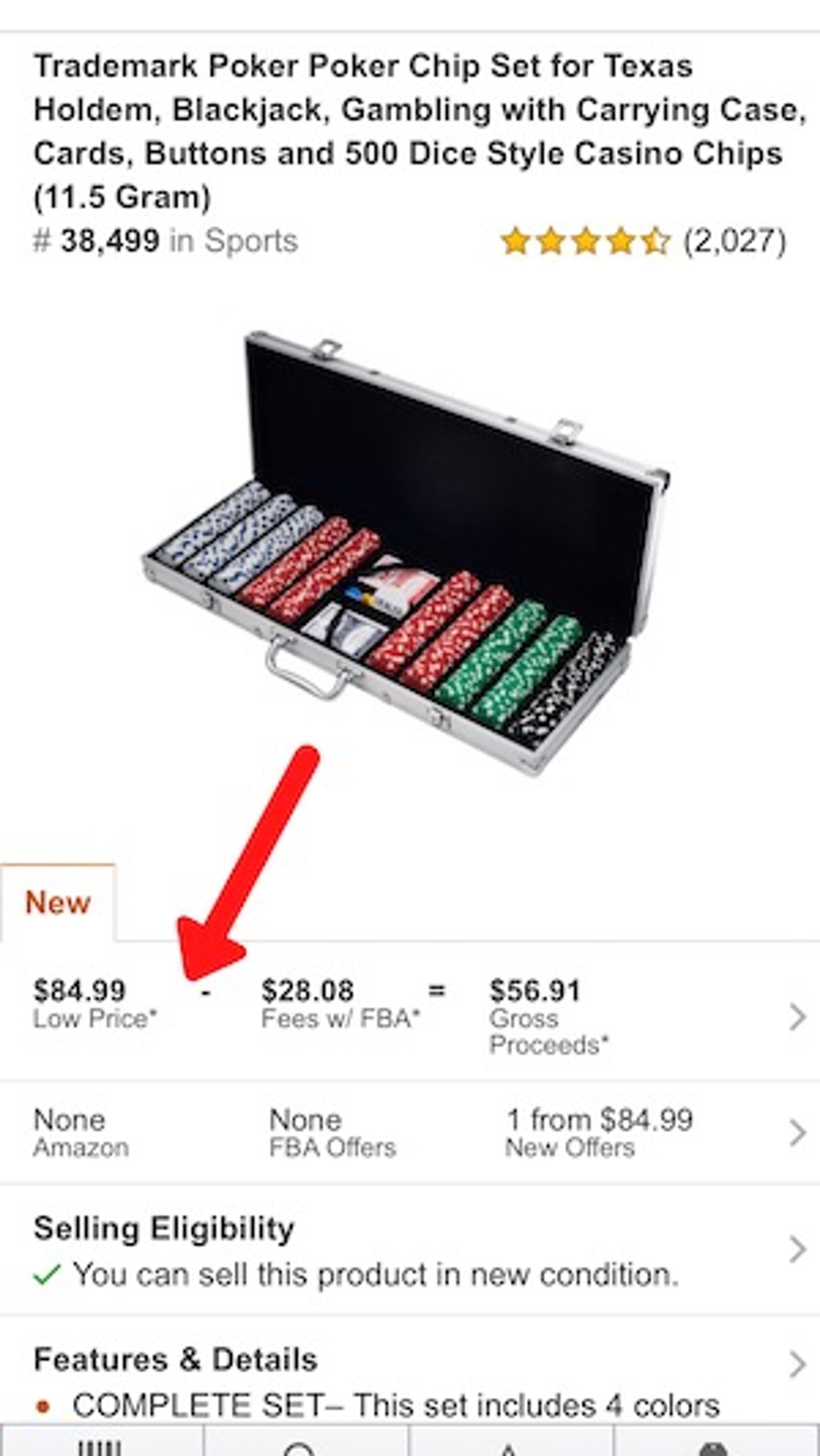
Click where the pricing details are to open up the profit calculator. Everything is automatically calculated for you except all you must do is enter your Cost of Purchase.

Once that is done, the app will display your “potential profit.” That is the amount you can expect to make after the sale is made (Contingent the product sells at the same price).
Ideally, you want your potential profit to be at a minimum of $3 - $4 giving you a safety buffer. You can then mentally calculate your potential return on investment.
Imagine a product costs you $10 to source and the app shows you a potential profit of $5. Calculating return on investment will show you a 50% return on your money.
Check Keepa or Camel Camel Camel for Historical Prices
It is always a good idea to check the historical prices of the products you are sourcing for retail arbitrage.
For example, after scanning a product it may look like it will give you profit.
However, sometimes if you check Keepa, it will show you that the product is selling a little higher than it usually is.
This is good information to know so you can buy products that give you an extra buffer of profit. You ideally want to source products where if you sell a product at its 90-day average price, you will still receive a net profit margin.
It's also recommend to consider the 90-day low price on listings, so you can more easily determine your numbers if the price goes that low.
Check The Sales Rank - explains ranks and relative ranks per category. Use toys for example
While on the Product Details page of a specific item, the Sales Rank will be located on the top left corner.
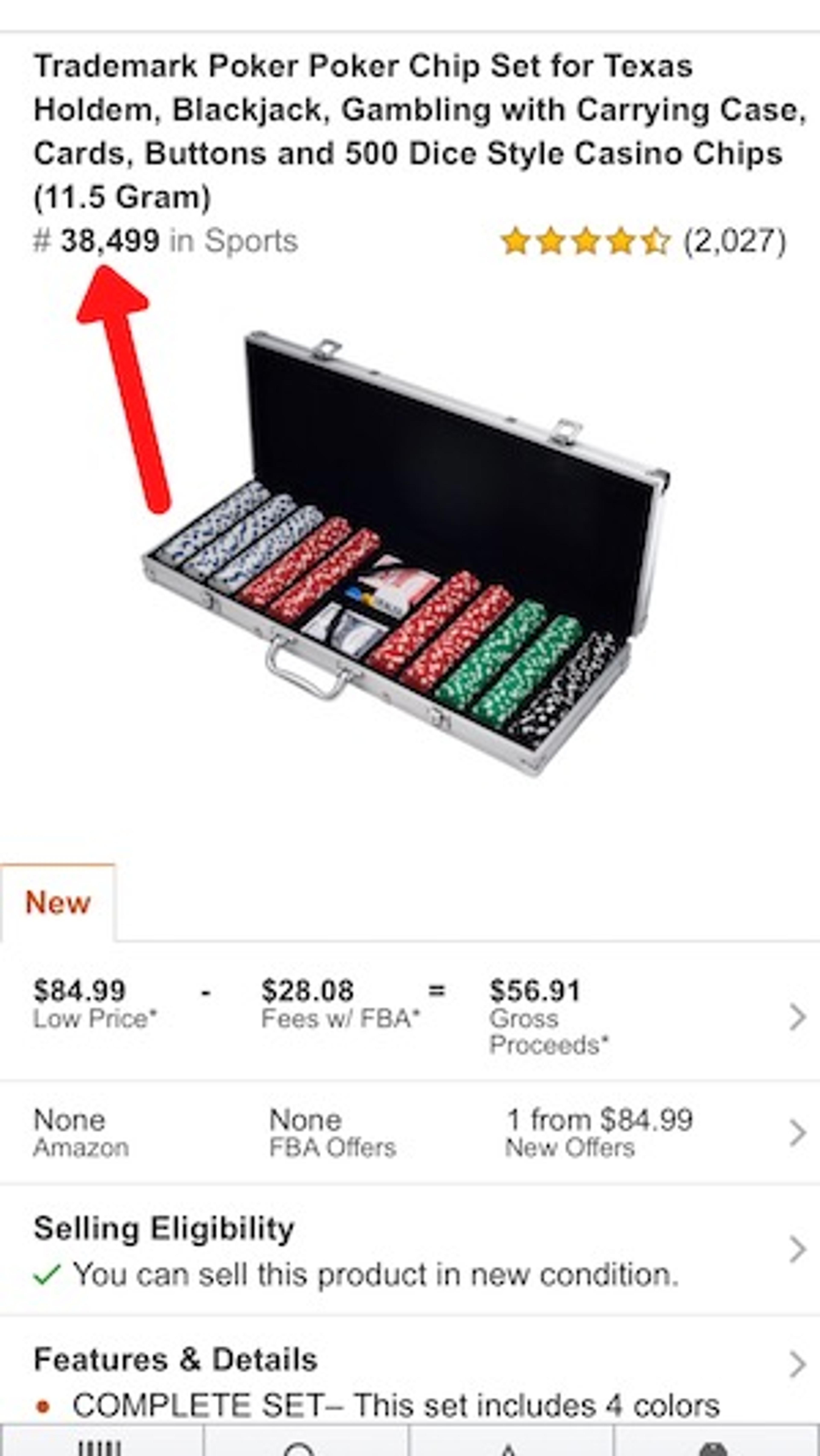
Sales rank is one of the most important if not the most important metric when it comes to analyzing products at retailers. No matter how good the return looks on a product, it does not matter if it sits on the shelves too long.
The name of the game is churning inventory. You want to be reinvesting your money as much as possible to rake in the benefits of compounding returns.
Moreover, if items sit in Amazon's warehouses too long you may incur storage fees. You then have a choice to pay to ship your inventory back or pay Amazon expensive storage fees.
Ranks are measured in terms of a score called Best Sellers Rank, or BSR for short. BSR is recalculated every hour to reflect how “in demand” the product is compared to other products in the same category.
The lower the score, the better, showing that it sells more often in terms of sales volume and other historical sales data.
Any sales rank under 10,000 is phenomenal. A rank around 50,000 is good and ideally, you want to avoid any product above a BSR of 200,000.
Check Ratings
One of the easiest ways to avoid getting excessive product returns is to make sure you are selling quality products. Even if a product seems to have a good return; if it has less than a three-star rating I will pass.
Bad products usually result in lots of returns..
5. Make the “buy or leave” decision
After you have scanned the product and analyzed the data, it is time for you to decide whether you will “buy it or leave it.”
It is highly recommended to have set criteria you place so you don't get into the habit of second-guessing yourself. It either meets the criteria you set or it does not.
This reduces the mental strain or pressure of deciding which products to get and ultimately reduces the chances of making bad buying decisions.
As you progress you can alter your criteria in order to follow a specific strategy. Different strategies affect different variables: the speed of sales, the volume of buys, and the average return.
A good buying criterion looks like this:
- Minimum Net Profit of $3 - $4 per unit
- Standard maximum rank of 200,000
- Minimum of a 3 Star Rating
- Minimum of 30% ROI
Feel free to use this while you begin.
Everyone is different, no two retail arbitrage sellers are the same.
What another veteran Amazon arbitrage seller might buy, I may pass on because it doesn't fall into my own strategy or buying criteria. As you progress you will develop your own buying criteria.
6. List the Products on Amazon
It is okay to be slow at this process in the beginning, as time progresses the steps will feel like second nature.
In the beginning, you may feel some analysis paralysis especially with deciphering sales ranks.
I suggest sticking to a few categories in the beginning and seeing how different sales ranks affect how quickly you get sales while avoiding any gated categories.
What happens when you find a restricted product?
Oftentimes you will find yourself scanning a product and it will prompt you that you do not have permission to sell on Amazon. The majority of people will then put that item back on the shelves.
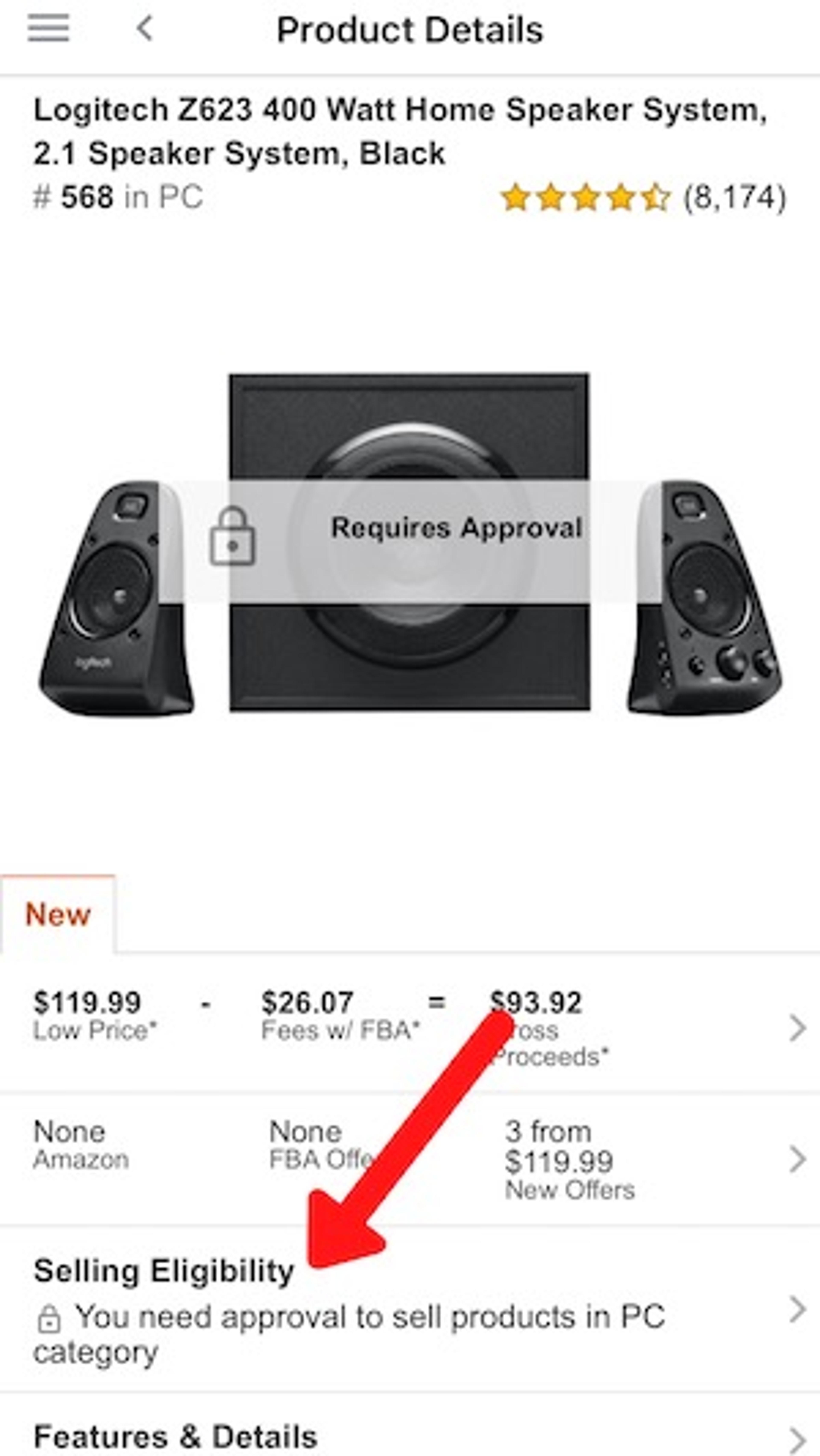
The reason that its restricted is that its either a gated brand or a gated category.
Whenever you come across a restricted product, first check to see if it's profitable. If the number's check out, you should attempt to ungate yourself from the brand or the category.
For some products, there will be a long convoluted process.
However, if you have sold on Amazon FBA for a few months already you may find yourself getting auto-ungated.
Auto-ungate may not happen if you are a brand new seller. Although, after a few months of Retail Arbitrage, Amazon will trust you more as a seller and allow you to sell more restrictive products and brands.
How to Make Retail Arbitrage on Amazon Work For You
One of the main complaints I hear is that the opportunity cost of retail arbitrage is high. I agree if you are continuously rolling through aisles 5 hours a day 5 times a week it may be exhausting and have better things to do.
The best way I look at Amazon retail arbitrage is to be a supplement to my weekly tasks, especially in the beginning. I often find myself at Walmart or Target doing my weekly shopping or stopping by for supplies.
Whenever I find myself running errands, I'll usually spend an extra 30 minutes scouring the isles.
There is also a Ross store right next to my Walmart. So if time allows, I will also run into Ross and see if they have any deep markdowns on clearance items.
It is common for people to do Retail Arbitrage full time and put in a lot of hard work. However, many people find it is a fantastic long term side business. It is a wonderful way to subsidize your weekly shopping and grocery trips meanwhile learning the very foundations of selling on Amazon.
Those people who do Retail Arbitrage full time have accumulated connections in the retailers they use. Those connections make their time spent more efficient by contacting them when good deals are available.
Value of Connections
Always be nice to the managers. Start conversations and develop relationships with those who work at the local retail stores you do your retail arbitrage product sourcing from.
Tell them what you do and they will often help you by giving you a call whenever they mark down new products. It is an equally beneficial relationship as you are also doing them a favor by getting old inventory off the shelves.
They need that inventory gone so that they can restock those shelves with newer products.
If you are serious about retail arbitrage you could also get simple business cards made and hand it to the managers you speak to. Let them know they can reach out to you anytime they need to liquidate large amounts of inventory.
The managers may also even mark down items extra if they know you are liquidating their inventory in bulk.
The retail arbitrage seller that does it full-time often don't aimlessly go from retail store to retail store looking for products. The majority of the time they spend sourcing products is from connections they've made from all the local retailers.
Connections are an invaluable resource as you will gain next-level information on which retailers have the best markdowns as soon as they become available.
This drastically increases the amount you make per hour, making you a more efficient seller.
The Behavioral Aspect of Amazon retail arbitrage:
If you find a large amount of the same product on clearance at Target, chances are other Targets will also have that same item on clearance. You can then expect other arbitrage sellers will be doing the same and buying these products as well.
Because of the law of supply and demand, this affects the listing in a variety of ways. First by increasing the supply of that product on Amazon.
This affects you because then the product's price on Amazon will fall in the short term.
This is why it is important to have a small potential profit buffer when sourcing your products. That will ensure that even if the price falls by a few dollars, you will still be in the green.
Because other arbitrageurs sell those same products on Amazon, many of them want to make a quick buck. As a result, you may find yourself in a price war.
There are two ways you can handle this.
First, by joining the price war and selling the product as quickly as possible with whatever profit margin you can get.
Second, you do not mind holding onto the product for longer, wait until a lot of the inventory sells out.
Then, later on, you can command a higher price for the same item.
More Tips:
- If you find yourself sourcing products at a retailer like Target a lot. Look into the special cards they offer, they could be very beneficial. The Target Red card gives you a free 5% off and an extra 30 days for returns.
- Also, remember to keep your receipts in case you ever get requested to show proof of authenticity. This may happen after selling large quantities of a certain brand, for example, Converse shoes. They make request proof of authenticity and a retail stores receipt is enough.
- Sale’s tax-exemption when sourcing products for resale. Be sure to read up on your state's legislation. If you follow the process, you may be able to exempt yourself from paying Sale's tax when sourcing your products. It 100% legal and directly increases your return on investment and purchasing power.
- Make sure the packaging of products is in 100% pristine condition. Amazon FBA will not accept damaged boxes for FBA so make sure you double-check the boxes before sourcing them from retailers.
Tools I recommend
As you progress and become more experienced, naturally you will need the help of technology to do your job better. These tools are designed to help you do the job faster, make fewer mistakes, save your time, and make you more money.
Free Tools You Absolutely Need:
- Amazon Sellers App - Apple or Android
- Price History Tracker - Keepa or Camel Camel Camel
Paid Tools I Recommend For Experienced Sellers:
- A more effective scanner - Scoutify 2
- A robust repricer - Aura
